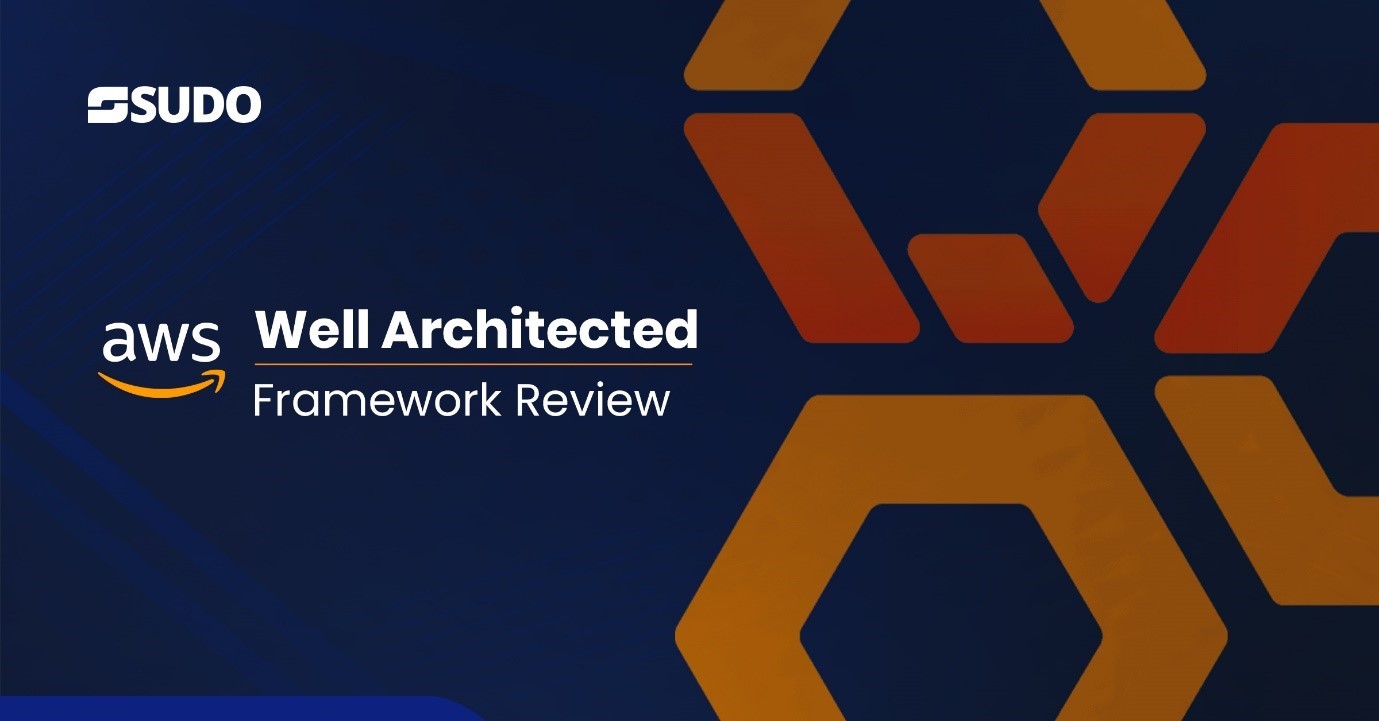
In the rapidly evolving cloud computing landscape, Amazon Web Services (AWS) has established itself as a leader, not just through its comprehensive suite of services but also through its commitment to helping clients optimize their cloud architecture. A pivotal element in this commitment is the AWS Well-Architected Framework Review (WAFR), a systematic approach designed to guide users in evaluating their cloud workloads against AWS best practices. This blog delves into the intricacies of the Well-Architected Framework Review, shedding light on its purpose, process, and the pivotal role of components such as the AWS Management Console, AWS Backup, and AWS Step Functions.
Understanding the Well-Architected Framework Review
At its core, the Well-Architected Framework Review is a comprehensive evaluation process aimed at ensuring that cloud architectures are secure, efficient, reliable, and cost-effective. It was originally structured around five conceptual pillars: Operational Excellence, Security, Reliability, Performance Efficiency, and Cost Optimization. These pillars served as the foundation for assessing and optimizing cloud workloads, ensuring they aligned with AWS’s best practices for cloud architecture. Recently, AWS introduced the Sustainability pillar as a new addition, bringing the total number of pillars to six. The Sustainability pillar focuses on minimizing the environmental impacts of running cloud workloads and promoting sustainable practices in cloud computing.
The Well-Architected Framework Review Process
The review process involves several key steps:
Self-Assessment: Initially, organizations can use the AWS Well-Architected Tool for a self-assessment, which explicitly helps in identifying areas of improvement across the five pillars.
Review Meeting: This involves a session with AWS-certified architects who conduct a thorough analysis of the cloud architecture, asking foundational questions that cover various aspects of the six pillars.
Improvement Plan: Post-review, organizations receive a detailed report with findings and recommendations for aligning their architecture more closely with AWS best practices.
Remediation: The final step involves addressing the high-risk issues identified during the review. This is often done with the help of AWS professionals or certified AWS partners, who provide expert guidance and support to ensure that the necessary improvements are effectively implemented.
Key Components:
The Role of the AWS Management Console
While the term AWS Management Console might not be widely recognized in AWS’s official lexicon, it is often used to refer to the AWS Management Console in the context of managing and optimizing cloud architectures. This web-based interface is a central hub for accessing and managing AWS services and resources, playing a crucial role in the Well-Architected Framework Review process. Through the console, users can access the AWS Well-Architected Tool, monitor resource performance, implement security measures, and apply recommended changes to align with the framework’s pillars.
AWS Backup: Ensuring Data Protection
Data protection is a critical concern for any cloud architecture. AWS Backup provides a structured approach to evaluating backup practices, ensuring they comply with organizational policies and best practices. It allows users to create policies with customizable controls, evaluate backup practices, and ensure compliance with defined policies. This service is instrumental in addressing the reliability and security pillars of the Well-Architected Framework by ensuring that backup practices are robust and effective.
Streamlining Workflows with the AWS Step Functions
The AWS Step Functions is a collection of libraries that simplifies building applications with Amazon Simple Workflow (SWF). It abstracts the complexities of coordinating tasks across distributed components, ensuring that applications are scalable, reliable, and efficient. By leveraging the AWS Step Functions, developers can focus on business logic rather than the intricacies of workflow management, thereby aligning with the performance efficiency and operational excellence pillars of the Well-Architected Framework.
AWS Well Architected Framework Pillars
The AWS Well-Architected Framework is built around five core pillars, each focusing on a fundamental aspect of cloud architecture:
Operational Excellence: This AWS Well Architected Framework Pillars involves running and monitoring systems to deliver business value and continually improving processes and procedures.
Security: Focuses on protecting information, systems, and assets while delivering business value through risk assessments and mitigation strategies.
Reliability: Ensures the ability of a system to recover from infrastructure or service disruptions, dynamically acquire computing resources to meet demand, and mitigate disruptions.
Performance Efficiency: Deals with using computing resources efficiently to meet system requirements and maintaining that efficiency as demand changes and technologies evolve.
Cost Optimization: Involves running systems to deliver business value at the lowest price point.
Benefits of Conducting a Review
Organizations that engage in a Well-Architected Review can expect several benefits:
Identification of Risks: The review helps in identifying high-risk issues that could potentially disrupt business operations.
Optimization of Costs and Performance: Recommendations from the review can lead to cost savings and enhanced performance efficiency.
Enhanced Security and Reliability: The review provides insights into security and reliability enhancements, ensuring that the architecture can protect data and maintain operational stability.
Conducting the Review
Organizations can conduct the review themselves using the AWS Well-Architected Tool or engage with an AWS-certified partner who can provide a more tailored evaluation and potentially help in securing AWS credits for implementing recommended improvements.
In summary, the AWS Well-Architected Framework Review is a critical tool for organizations using AWS to ensure that their cloud architectures are aligned with the best practices for security, reliability, performance efficiency, operational excellence, and cost optimization.